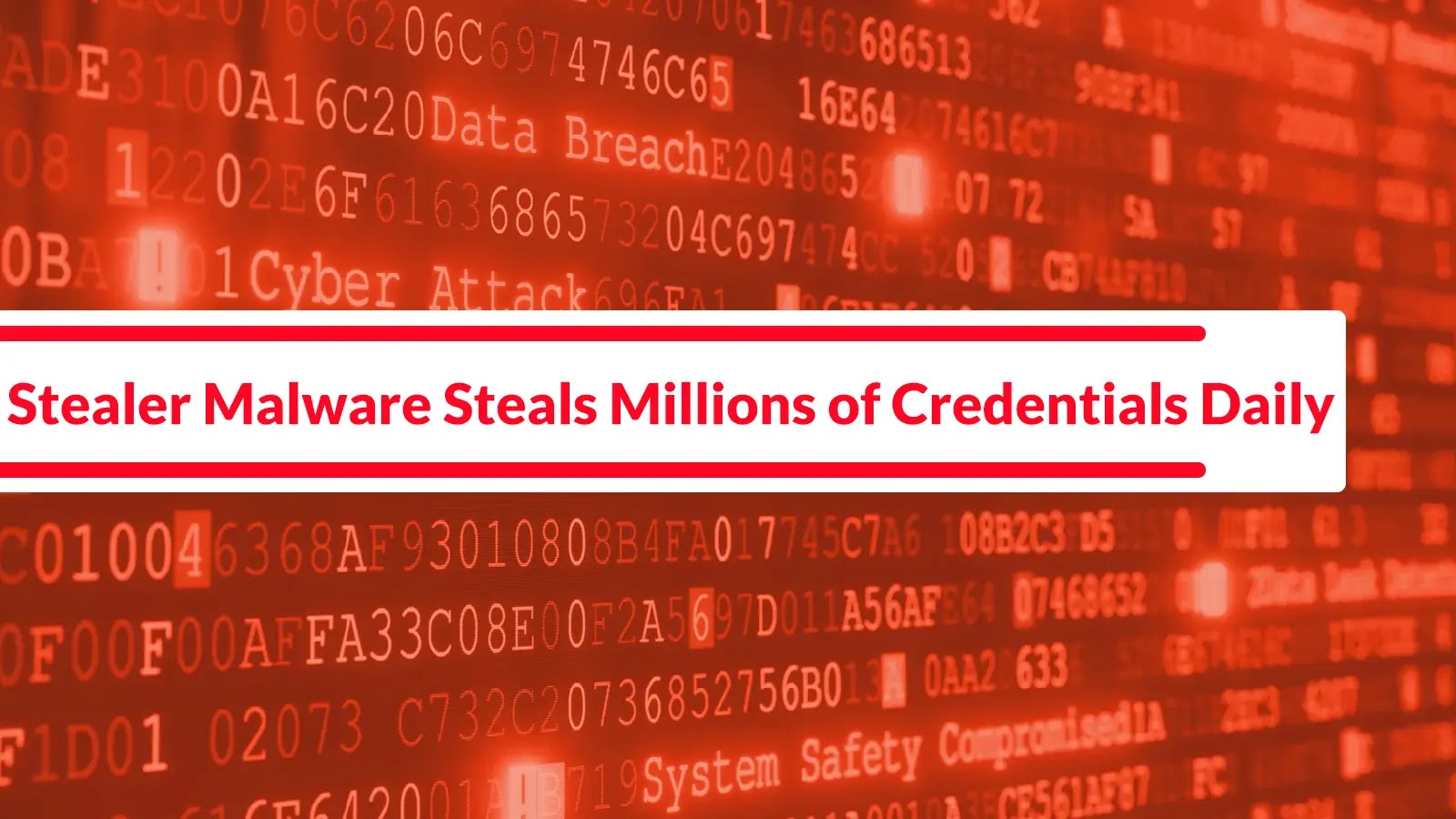
Threat Actors With Stealer Malwares Processing Millions of Credentials a Day
The Silent Epidemic: How Stealer Malware Dominates Credential Theft
The digital world we inhabit relies heavily on credentials for access and authentication. From personal banking to corporate networks, usernames and passwords are the keys to our online existence. Yet, beneath the surface, a highly sophisticated and rapidly expanding criminal enterprise is processing millions of these critical credentials daily: the stealer malware ecosystem. This isn’t just a nuisance; it’s a fundamental threat to digital security, evolving at a pace that demands constant vigilance from every IT professional and security analyst.
The Evolution of a Cyber Threat: Stealer Malware’s Ascent
In recent years, the landscape of cybercrime has been reshaped by the proliferation of stealer malware. These malicious programs are purpose-built to extract sensitive information from compromised systems, primarily targeting login credentials, financial data, and personal identifiable information (PII). What began as rudimentary data exfiltration has blossomed into a multi-layered industry. Threat actors leverage specialized malware families, often distributed through elaborate phishing campaigns, malvertising, and compromised websites. The sheer volume of data processed by these operations — hundreds of millions of credentials daily — underscores their effectiveness and the scale of the black market demand for this information.
The success of stealer malware lies in its efficiency and the thriving underground economy that supports it. Compromised credentials are bought and sold on dark web marketplaces, fueling further attacks, identity theft, and corporate espionage. This cyclical nature ensures a continuous revenue stream for threat actors, motivating them to constantly refine their techniques and expand their reach.
Understanding the Mechanics: How Stealer Malware Operates
Stealer malware typically operates by infecting a target system and then systematically scanning for and exfiltrating stored credentials. This can include browser autofill data, stored passwords in password managers, cookies, session tokens, and even cryptocurrency wallet keys. The methods of infection are diverse:
- Phishing Campaigns: Malicious emails containing infected attachments or links to compromised websites are a primary vector.
- Malvertising: Legitimate advertising networks can be exploited to deliver malicious code that silently downloads stealer malware onto unsuspecting users’ systems.
- Drive-by Downloads: Visiting a compromised website can inadvertently lead to the download and execution of malware without user interaction.
- Software Cracks and Pirated Software: Threat actors often embed stealers within “cracked” versions of popular software or games.
Once active, the malware often employs various techniques to evade detection, such as obfuscation, polymorphism, and anti-analysis checks. The exfiltrated data is then typically sent to a command-and-control (C2) server, often leveraging encrypted channels to avoid detection by network security tools.
The Impact: Beyond a Single Breach
The compromise of credentials due to stealer malware has far-reaching consequences:
- Account Takeover (ATO): Direct access to user accounts on various platforms, leading to financial fraud, data theft, and further malicious activities.
- Data Breaches: Corporate credentials stolen can be used to gain initial access to organizational networks, paving the way for larger data breaches.
- Identity Theft: PII combined with login credentials forms a powerful package for identity theft.
- Reputational Damage: For businesses, a breach originating from stolen credentials can severely damage customer trust and brand reputation.
- Financial Loss: Direct monetary losses from fraudulent transactions and the cost of remediation efforts.
Remediation Actions: Fortifying Defenses Against Stealer Malware
Protecting against the pervasive threat of stealer malware requires a multi-layered and proactive security strategy. Organizations and individuals must understand that traditional perimeter defenses are often insufficient against these sophisticated threats.
- Implement Multi-Factor Authentication (MFA): This is perhaps the most critical defense. Even if credentials are stolen, MFA acts as a strong barrier against unauthorized access. Encourage and enforce MFA across all critical systems and accounts.
- Regular Security Awareness Training: Educate users about phishing, social engineering tactics, and the dangers of clicking suspicious links or downloading unofficial software. This is a continuous process, not a one-time event.
- Employ Endpoint Detection and Response (EDR) Solutions: EDR tools can detect and respond to malicious activities on endpoints, identifying unusual processes, network connections, and data exfiltration attempts that might indicate stealer malware.
- Maintain Patch Management: Keep all operating systems, applications, and browsers updated. Threat actors often exploit known vulnerabilities to deliver malware. For example, staying updated helps mitigate risks associated with vulnerabilities like those linked to browser exploits that could facilitate malware delivery, though specific CVEs vary widely and are constantly emerging.
- Use Strong, Unique Passwords and Password Managers: Encourage the use of complex, unique passwords for every account. Repurposing passwords magnifies the impact of a single compromise. Reputable password managers can securely generate and store these credentials.
- Network Segmentation and Least Privilege: Limit the impact of a compromised credential by segmenting networks and enforcing the principle of least privilege, ensuring users and systems only have access to resources absolutely necessary for their function.
- Regular Backups: Maintain frequent, secure, and offline backups of critical data to minimize the impact of data loss or encryption by ransomware often deployed after initial access via stolen credentials.
- Web Filtering and Email Security Gateways: Implement solutions that filter malicious websites and detect phishing emails before they reach end-users.
Conclusion: A Continuous Battle for Digital Trust
The sheer scale at which stealer malware operations process credentials underscores their strategic importance to the cybercrime underworld. This isn’t a problem that will simply fade away; it’s an evolving and persistent threat that requires equally dynamic and persistent defenses. By understanding the mechanisms of these attacks and implementing robust, multi-layered security measures, we can collectively raise the bar for threat actors, safeguard our digital identities, and protect the integrity of our online ecosystems. The fight against stealer malware is a continuous battle, demanding vigilance, technological prowess, and a commitment to perpetual improvement in our cybersecurity postures.





